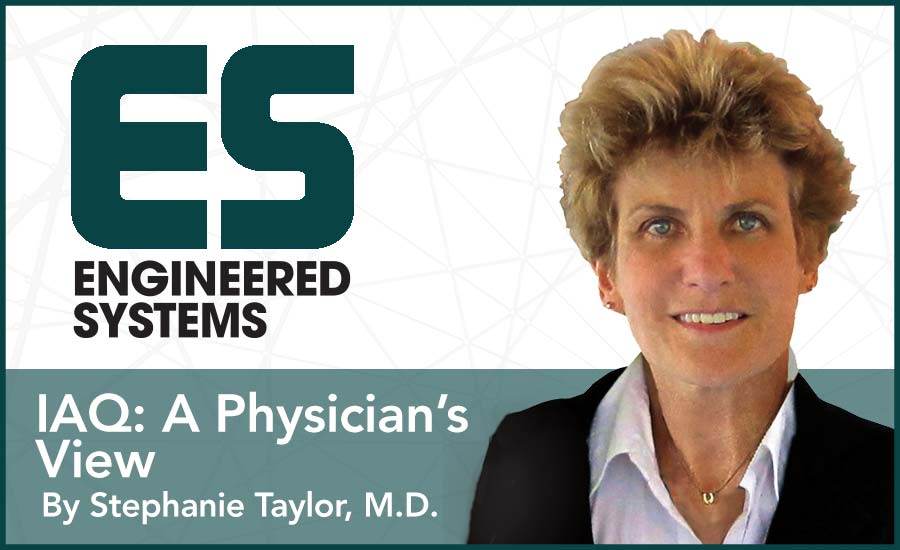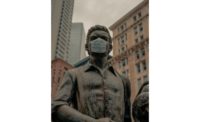Renovating an existing commercial building often makes great financial sense. Prior to the 1970s, many mechanical systems were designed according to the type of building rather than to the IAQ needs of occupants or to optimize energy consumption. Retrofitting with new energy-efficient ventilation systems can decrease building maintenance costs, provide optimal IAQ, and integrate mechanical system operation from a central BAS.
There are well known hazards associated with dusty construction zones. Contractors experienced with hospital construction are especially aware of the dangers of environmentally acquired fungal infections to nearby patients. With the emergence of immune suppressing drugs and immune compromised patients as a result of the AIDS epidemic in the 1980’s, the number of infections caused by the common Aspergillum mold from soil and buildings increased rapidly. Hospital construction guidelines were issued to protect this group of very vulnerable patients.
Decades later, many studies have shown that construction and maintenance activities send mold airborne on dust particles, and that these particles can cause disease in healthy people. What is less well known is that the infectivity of soil organisms can increase dramatically through adaptation to indoor conditions.
Why so sturdy?
Whether a construction job is adding square footage or renovating existing space with upgraded mechanical systems, hidden hazards can pose present and future dangers. Building dust that has accumulated over time in interstitial spaces such as ceiling plenums, wall cavities, basements, and mechanical rooms is released into the construction zone when demolition occurs. This disruption disseminates particles into the air, which can then cause disease in construction workers and in future occupants.
Indoor building dust is a mixture of outdoor and indoor components. Outdoor soil is a mix of mineral and organic components in solid, liquid, and gaseous states. The minerals come from the erosion of rocks and form sand, silt, or clay depending on the particle size. The spaces between the particles are habitats for microorganisms. Soil also contains organic compounds from plants, animals, carcasses, and man-made materials. In the organic mix, there are a multitude of microorganisms. The quantity and type of these soil microorganisms are determined by sunlight, temperature, moisture, soil pH, and nutrients. Infectious microorganisms, or pathogens, may be indigenous to soil or may enter through animal deposits, manure application, or from flooding with sewage or contaminated water. Outdoor soil is tracked into the building and infiltrated through door and window fenestrations. Indoor particles, generated by building products and occupants, consist of fabric and paper fibers from consumer products and building components, dried human and pet skin cells and hair, dust mite feces, insect fragments, and air-delivered pollen and mold.
Surprisingly, the extreme temperature and humidity conditions within a building can actually increase the infectivity of microorganisms from the soil. Few fungi endemic to the soil require a mammalian host during their lifecycle. The species of bacterial and fungal pathogens that survive the physical stresses from harsh indoor building environments have increased infectivity to humans. Their adaptations result in virulence factors, which result in the ability to infect and survive in warm-blooded, slightly alkaline mammals, such as humans.
What to do? Maintain a proactive IAQ program, and identify problems and create solutions before a crisis arises.
- Keep the work site clean, including hidden areas behind walls and above ceilings, to prevent infection problems during construction and once the space is occupied.
- Protect adjacent spaces by sealing the ventilation system from construction activities.
- Protect registers from dust-producing activities with continually monitored negative pressure in the construction area.
- Establish a sampling protocol to assess air and surface contaminants in your construction site.
- Sanitize all ventilation systems prior to occupancy, even if the system has been isolated and protected.




